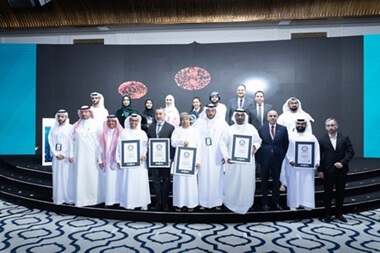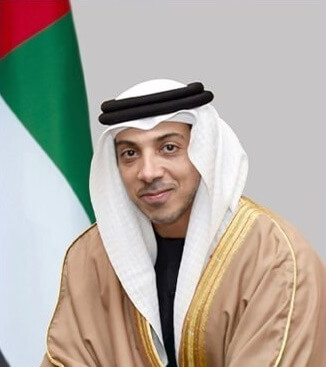A captivating unveiling of human and animal mummification workshops, alongside two tombs, has emerged from Egypt’s ancient burial site of Saqqara. This remarkable discovery, announced on Saturday, adds to a series of findings aimed at revitalizing the country’s vital tourism sector.
The head of Egypt’s Supreme Council of Antiquities, Mostafa Waziri, shared that the expansive “embalming workshops” were established during the 30th dynasty (380-343 BC) and the Ptolemaic era (305-30 BC), as reported by Reuters. This revelation stems from a year-long excavation near the sanctuary of the goddess Bastet, located in Saqqara, approximately 30 kilometers (18.6 miles) south of Cairo. This same area yielded the uncovering of mummified animals and statues in 2019.
Waziri elaborated, “We found embalming workshops, one for humans and one for animals. We found all the tools that they used (in mummification) in ancient times.” The workshops contained stone beds, clay pots, ritual vessels, natron salt (a crucial mummification ingredient), linens, and various other implements linked to mummification practices.
Additionally, the Saqqara excavations led to the unearthing of two modest tombs, dating back 4,400 and 3,400 years. These tombs belonged to two priests: Ne Hesut Ba from the Old Kingdom’s fifth dynasty and Men Kheber from the late kingdom’s 18th dynasty. Ne Hesut Ba’s tomb showcased wall inscriptions depicting cultivation, hunting, and everyday activities, while Men Kheber’s tomb featured engravings portraying the deceased in diverse postures.
Recent years have seen Egypt engage in extensive excavations across Saqqara and other historic sites, resulting in numerous significant discoveries. The country’s plan to inaugurate the Grand Egyptian Museum, a cutting-edge institution near the Giza Pyramids, is set for completion later this year.
As the tourism industry gradually rebounds from the impact of the COVID-19 pandemic and external conflicts, Egypt aspires to draw back travelers. Notably, tourism revenues for the latter half of 2022 surged to $7.3 billion, marking a notable 25.7% increase compared to the same period in the preceding year, as highlighted by recently released central bank data.















